People often think of log cakes, roast turkey, or various puddings when it comes to Christmas cuisine. However, the dishes mentioned in this event are increasingly diverse and meaningful. Especially in Europe, locals often prepare traditional dishes to entertain guests during Christmas.
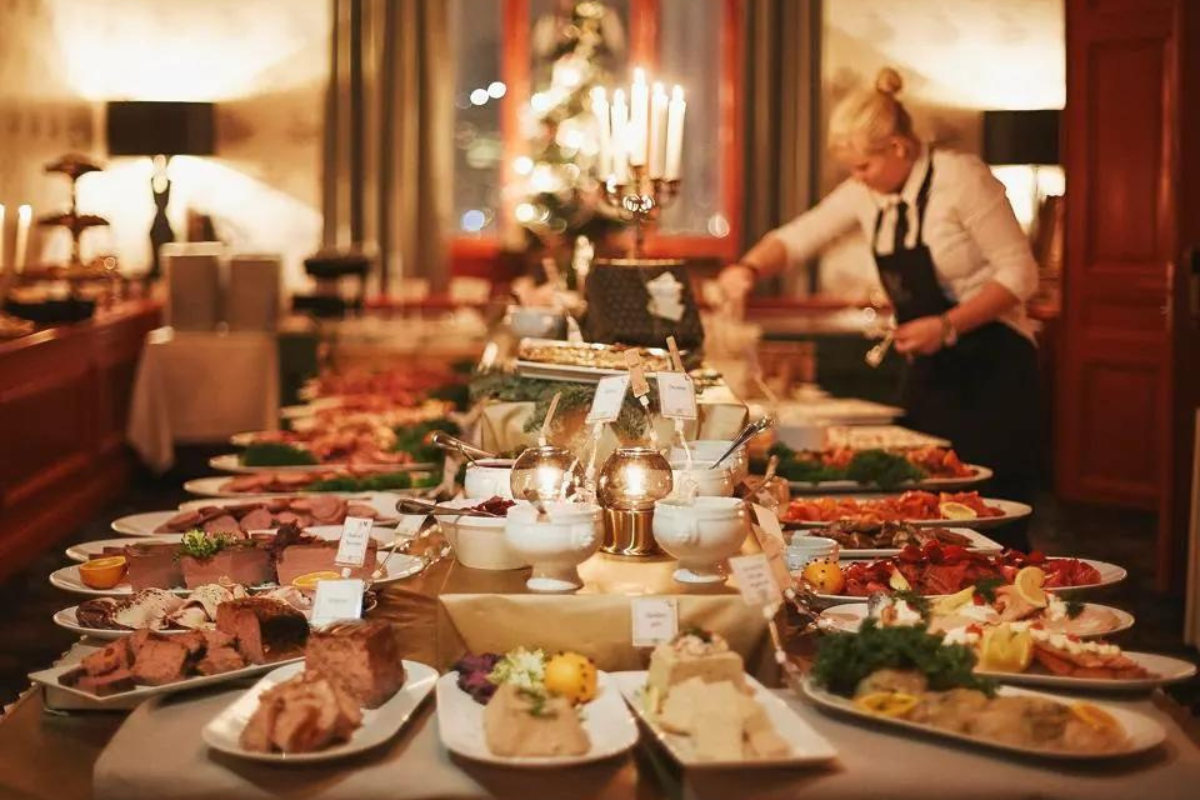
Photo: Forbes
Christmas holidays are times for gathering with loved ones, as well as family and friends. That’s why after the solemn ceremonies take place at the church, assembling family is essential. On these occasions, religious families in Europe will often hold parties with delicious and meaningful food to celebrate the Nativity of Christ.
1. Savoring roasted goose Weihnachtsgans in Germany
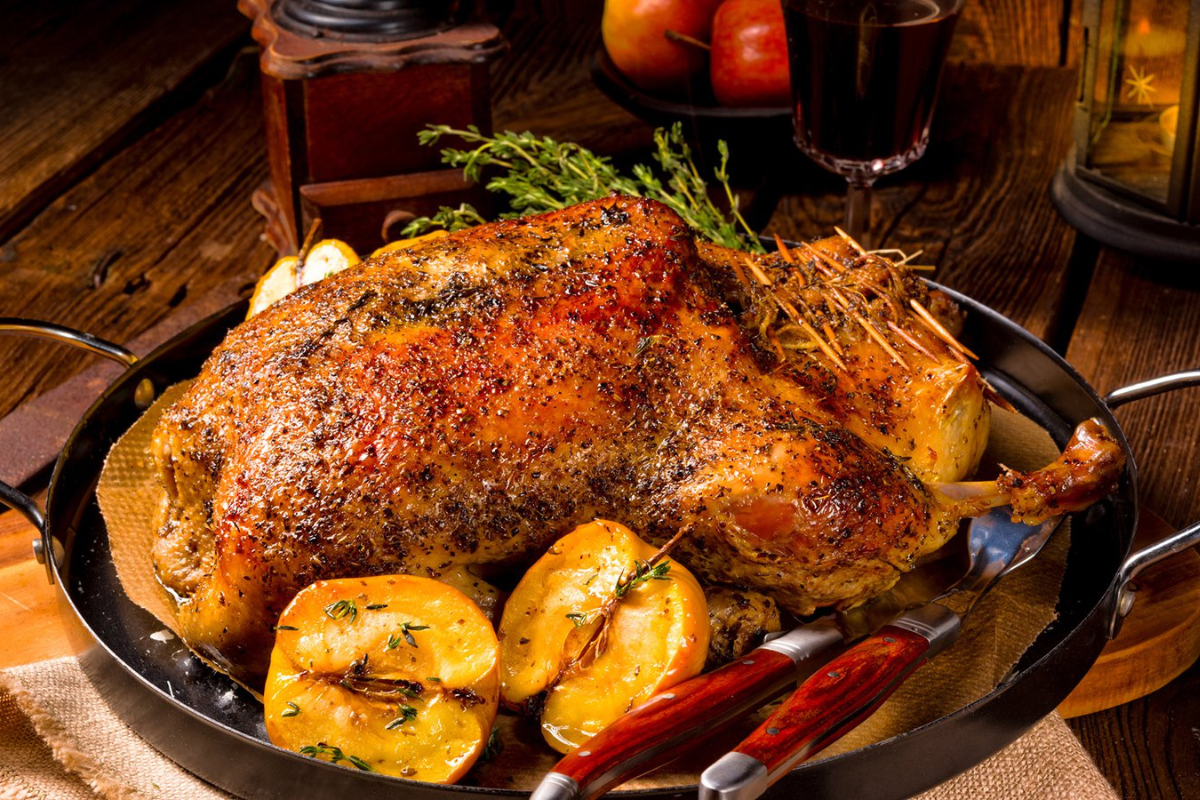
Photo: Weihnachtsgans
Weihnachtsgans, or Christmas Goose, is a popular dish in Germany on important year-end holidays, especially Christmas. While duck may be the more popular food, goose is traditionally the favorite choice of Germans at Christmas. In the cold weather, a warm, fragrant grilled goose dish with soft meat is more appealing than ever.
Before turkey and Thanksgiving traditions became popular, roast goose almost monopolized the Christmas Eve dinner tables. According to legend, if you don’t eat a full meal at Christmas dinner, you may encounter bad luck. As a result, every family always prepares a big goose on the table. To date, the roasted goose has become a traditional Christmas dish for German people.
2. A special Christmas with Festa dei sette pesci in Italy
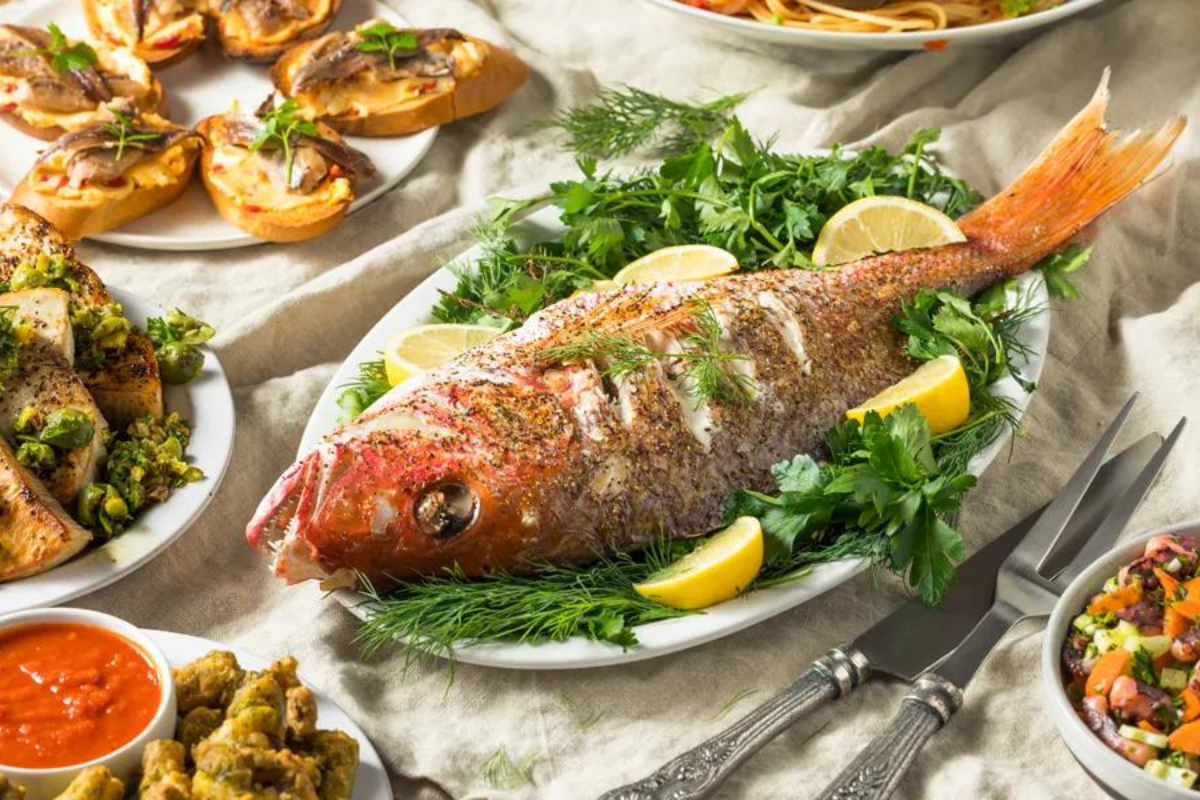
Photo: Aleteia
Each area in Italy will have its own traditional Christmas cuisine. However, Festa dei Sette Pesci is a well-known Christmas ritual in the boot-shaped country that might be regarded as an essential component of Christmas Eve. This celebration serves exclusively seafood, generally seven distinct varieties, or various types of seafood cooked in seven different ways.
Typically, Christmas dinner consists of a seven-course meal with seafood specialties such as carp, octopus, clams, mussels, and even fried eel. Traditional Italian sweets such as panettone or handmade tiramisu are frequently served after the meal.
3. Sweet Christmas with Risalamande dessert in Denmark
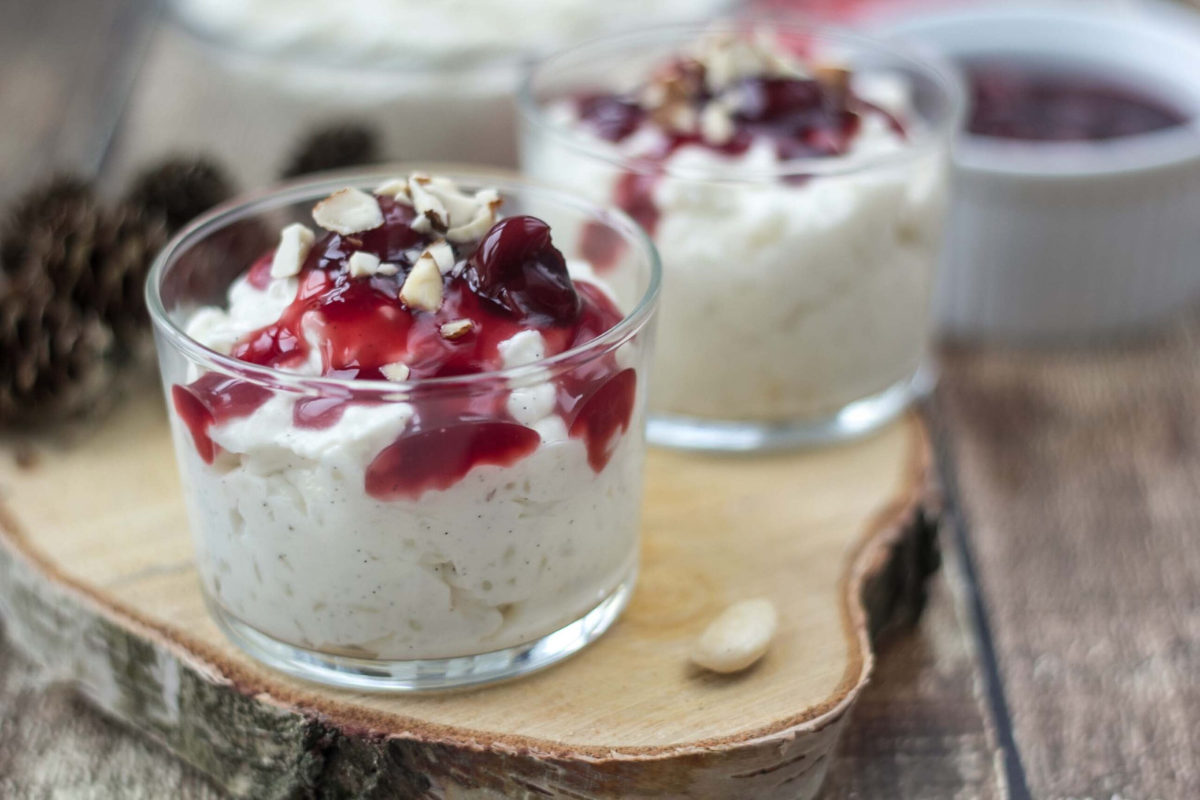
Photo: Risalamande
In Denmark, the Christmas season is not complete unless you have eaten the traditional meal salamander. Risalamande is a typical Danish dessert that is commonly offered during Christmas. It gained popularity when rice pudding grew in popularity.
A cold rice pudding with cream and chopped almonds is served with a tantalizing cherry sauce as a dessert in a Christmas meal. After World War II, salamander gained popularity as an inexpensive treat that added whipped cream to Denmark’s famed rice to keep it fresher. Risalamande is frequently produced without almonds to save money. If you don’t celebrate Christmas at a Danish person’s house, you also have the opportunity to eat this sweet delicacy at restaurants.
4. Celebrating Christmas with traditional Hangikjöt in Iceland
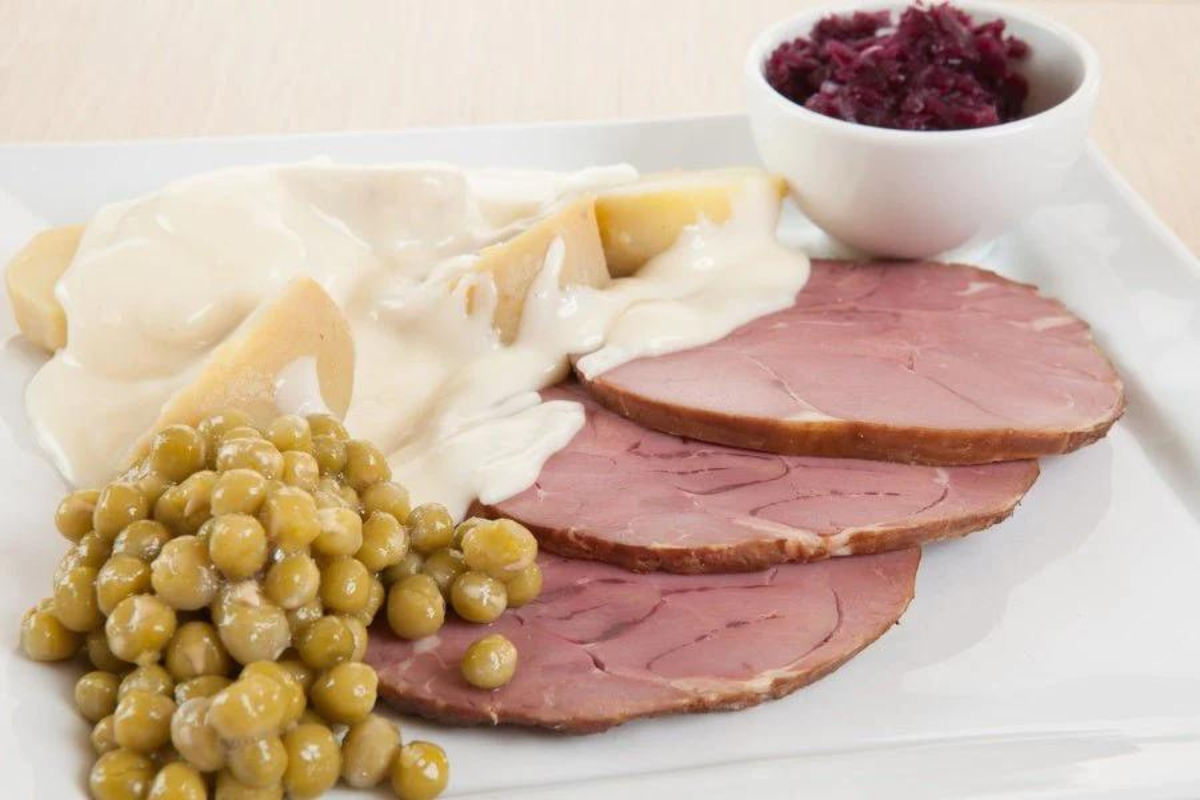
Photo: Hangikjöt
Throughout the timeline of Iceland’s history, a special and traditional dish always presented on the Christmas Eve table of the people of this country is smoked lamb hangikjöt.
Iceland is considered one of the countries that celebrates Christmas most spectacularly in the world. For Icelanders, their traditional Christmas dish is usually a grilled leg of lamb, also known as Yule meal. This dish, which originated from a historical German festival, is served with bread made from very thin pieces of dough cut into shapes depending on preference and then fried until golden. Icelanders often eat this dish with pickled purple cabbage, beans, potatoes, and bechamel sauce.
5. The grand Julbord party on Christmas Eve in Sweden
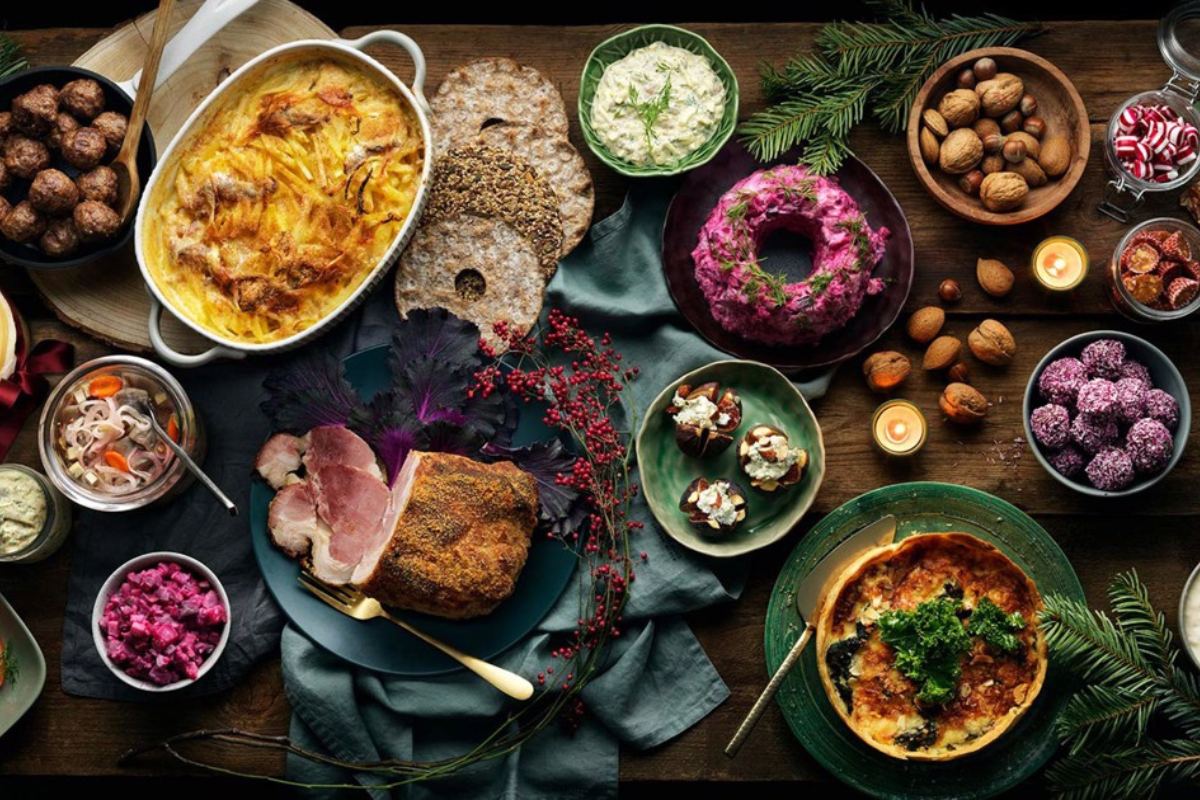
Photo: Arla
Julbord is the traditional Christmas Eve supper in Sweden. This is a buffet with cold seafood, cold meats, cheese, sauerkraut, and a variety of other delicacies. Christmas ham, also known as Julskinka, is one of the most important dishes on the banquet table. It is prepared by boiling pre-cooked pork and marinating it in spices. Bake the meat in the oven until crispy and done and allow the meat to cool after grilling, then serve cold with the entire meal.
The Julbord celebration is said to be great for treating distinguished visitors on Christmas. Traditional, simple savoring dishes give diversity while providing essential nutrition. As a result, it is simple to understand why Swedish people frequently celebrate Christmas in a significant manner.

